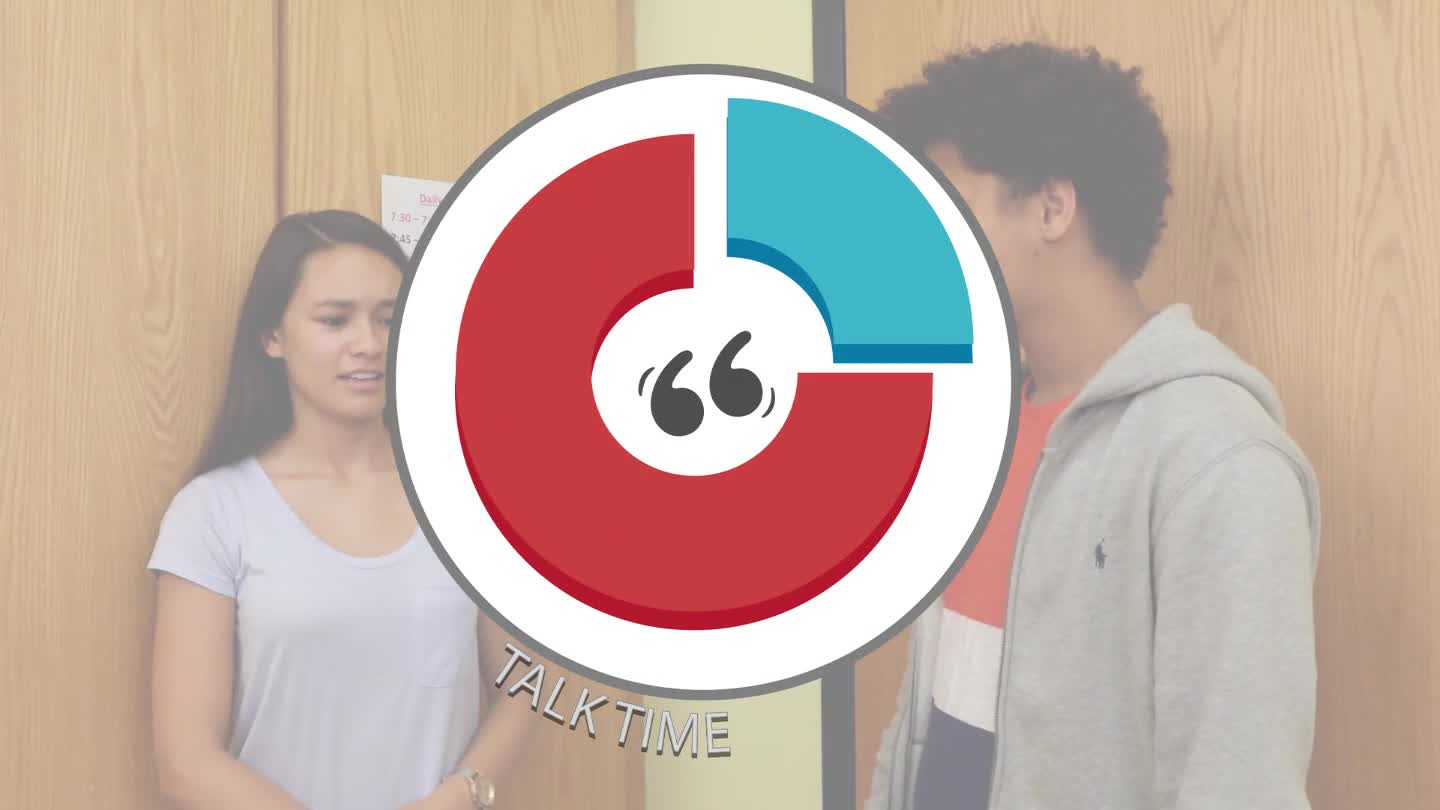
Introduction
As educators, we know the importance of teaching our students effective communication skills. One crucial aspect of communication is the concept of Conversation Share, which refers to the amount of time each person talks in a conversation. By balancing talk time, students can engage in successful conversations, ensuring that everyone has an equal opportunity to express themselves. In this blog post, we’ll explore the importance of Conversation Share, provide a no-prep activity for educators, and discuss related skills and next steps.
No-Prep Activity
This simple no-prep activity can help students practice balancing their Conversation Share. It’s called the “Equal Pie Share” activity.
- Divide your students into pairs.
- Explain the concept of Conversation Share and how it’s like a pie chart, where each person should aim to take up an equal portion of the pie.
- Have students start a conversation on a given topic, like their favorite hobbies, movies, or books.
- As they converse, encourage them to visualize the pie chart and try to maintain an equal share of talk time.
- After a few minutes, have students reflect on how they did and discuss any challenges they faced.
This activity can be easily adapted for different age groups and topics, making it a versatile tool for teaching Conversation Share.
Discussion Questions
Use these questions to stimulate further discussions about Conversation Share:
- Why is it important to balance talk time in a conversation?
- How does it feel when someone dominates the conversation? How does it feel when someone doesn’t contribute much at all?
- What strategies can you use to ensure that you’re giving others a chance to speak during a conversation?
- How can you encourage others to share more in a conversation if they’re not speaking much?
- How can understanding Conversation Share help improve your communication skills?
Related Skills
Teaching Conversation Share is just one aspect of developing strong communication skills. Other relevant skills for students include:
- Active listening: Encouraging students to truly listen and engage with what others are saying.
- Nonverbal communication: Understanding the importance of body language, facial expressions, and tone of voice in conveying a message.
- Empathy: Teaching students to put themselves in another person’s shoes and consider their feelings during a conversation.
- Conflict resolution: Helping students navigate disagreements and find solutions through effective communication.
By incorporating these skills into your teaching, you can help students become more effective communicators and foster positive relationships with their peers.
Next Steps
Now that you understand the importance of Conversation Share and have a no-prep activity to use in your classroom, consider exploring additional resources to support your students’ social-emotional learning journey. To access free sample materials, including lessons and activities related to Conversation Share and other communication skills, sign up here.

